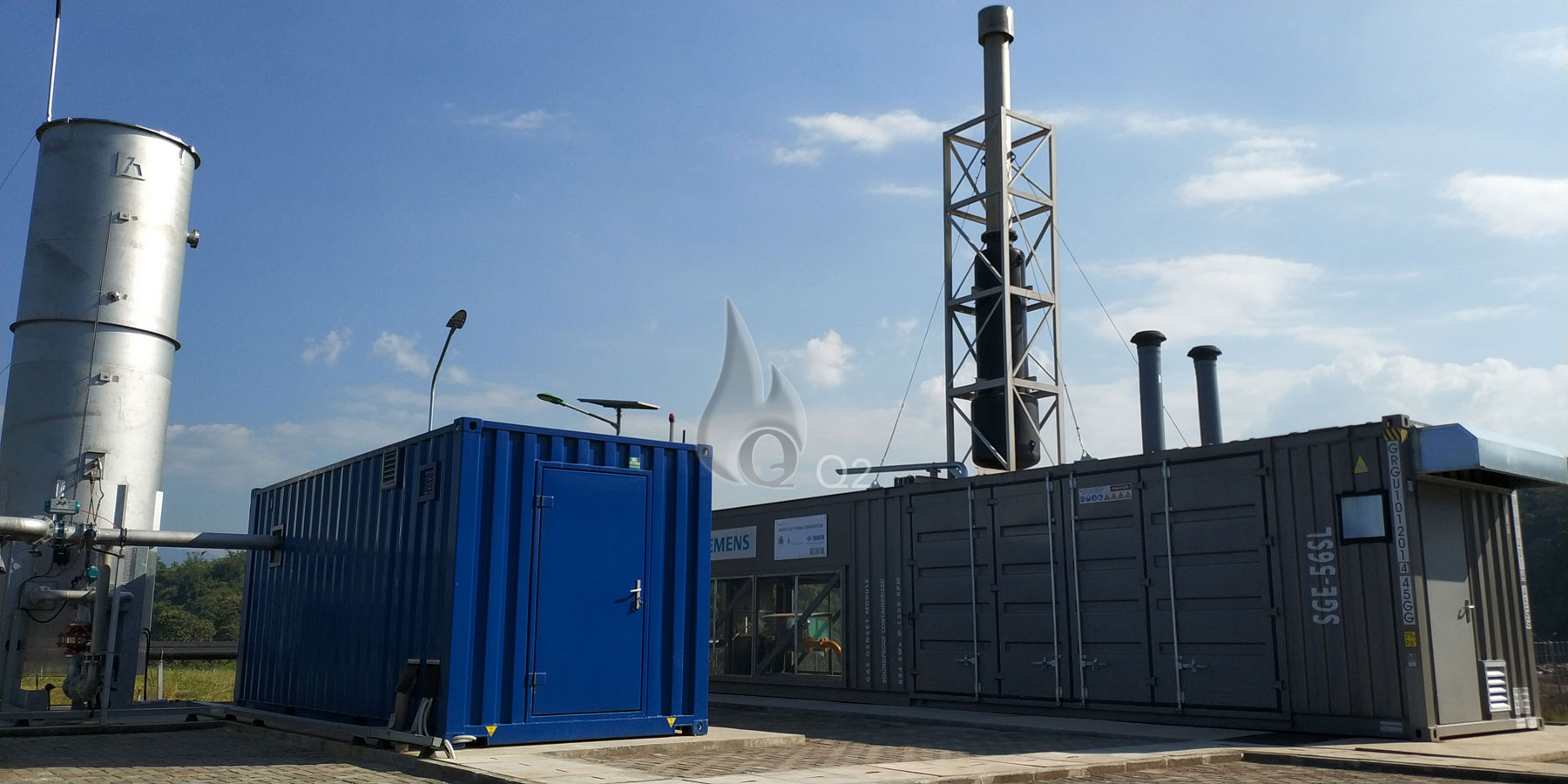Landfill Gas
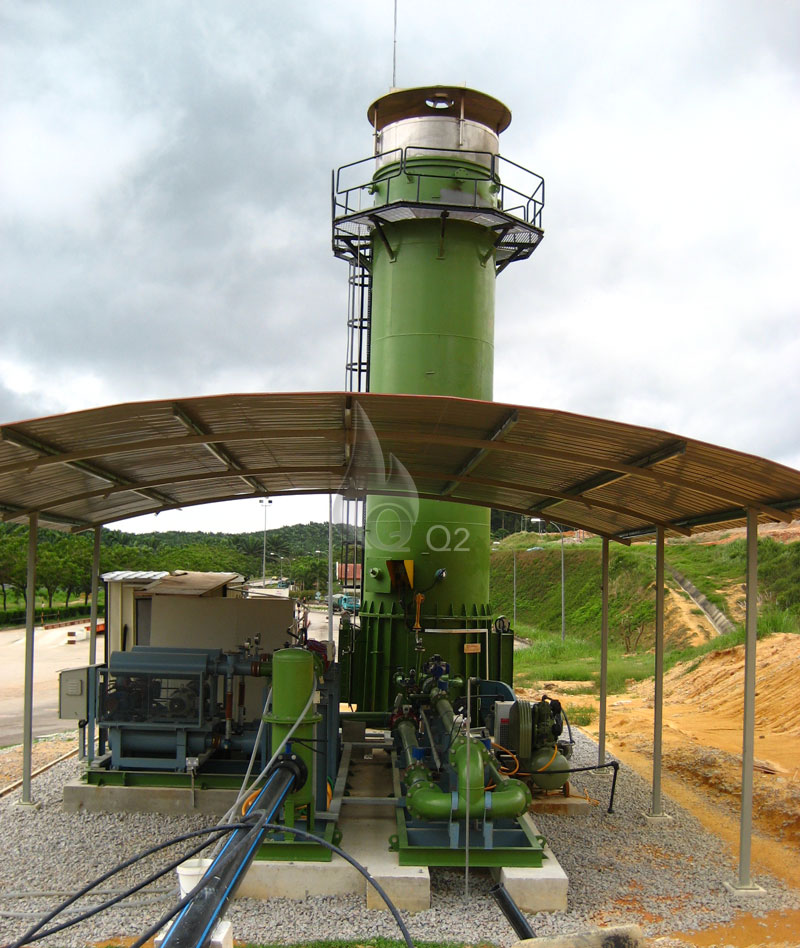
Landfill gas is produced from organic waste disposed of in a landfill. The waste is covered and compressed mechanically and by the pressure of higher levels.
As conditions become anaerobic the organic waste is broken down and landfill gas is produced. This gas builds up and is slowly released into the atmosphere. Typically, landfill gas comprises methane, carbon dioxide and other traces of gases.
Because of the potential hazards (explosion risk and global warming) brought about by the methane gas present in landfill gas, harvesting landfill gas has become an important element in waste management. Being a type of greenhouse gas, which is more destructive to the ozone as compared to carbon dioxide (CO2), methane is also highly flammable when mixed with small amount of air. Nevertheless, it is also able to combust more cleanly than coal. Although regarded as a hazard, it is also a profitable asset. Therefore, proper treatment via extraction and flaring and possible utilisation (power and heat) is essential to the conservation of the environment.
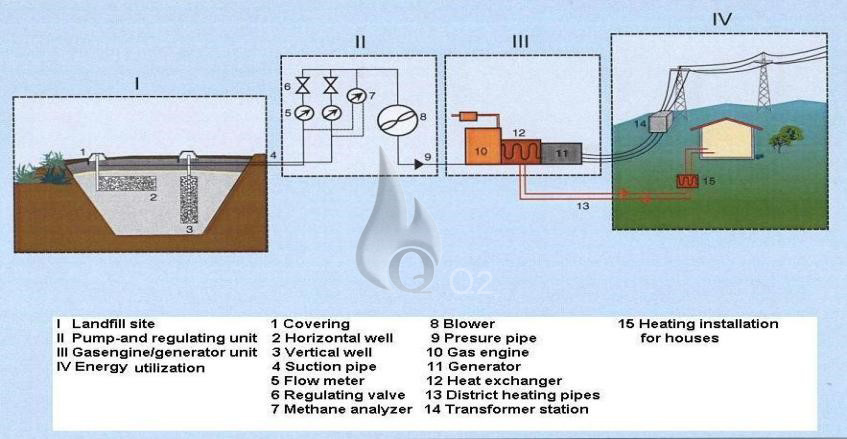
Extraction of gas from a landfill is one of the best ways to reduce the CO2 emission due to the fact that the methane from the landfill is 21 times as strong as the CO2 equivalent as a Greenhouse gas. If the gas can be destructed in a flare or used in a gas engine producing electricity and heat, emission of Greenhouse gas is reduced significantly.
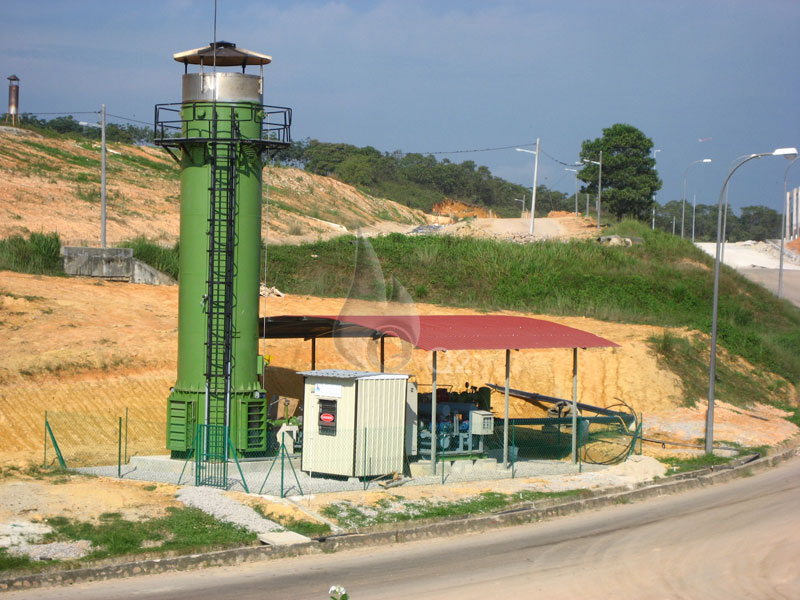
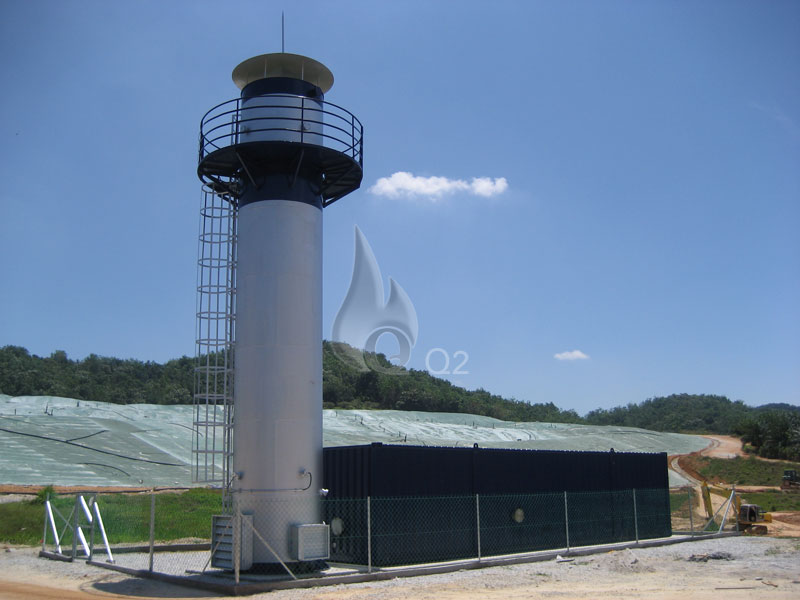
When connected to the grid under a Feed-in Tariff (FiT) scheme, the electricity sold will generate income which can help with the implementation and operation of landfill gas plants around the world.
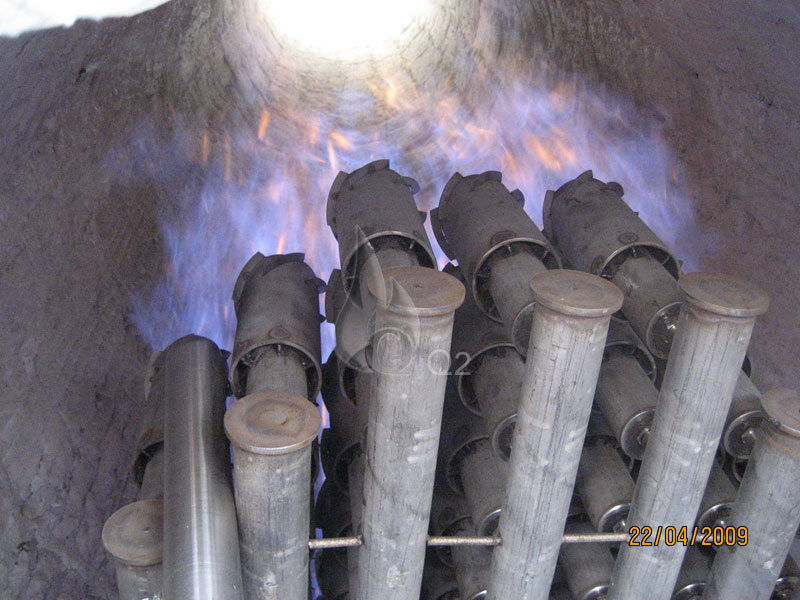
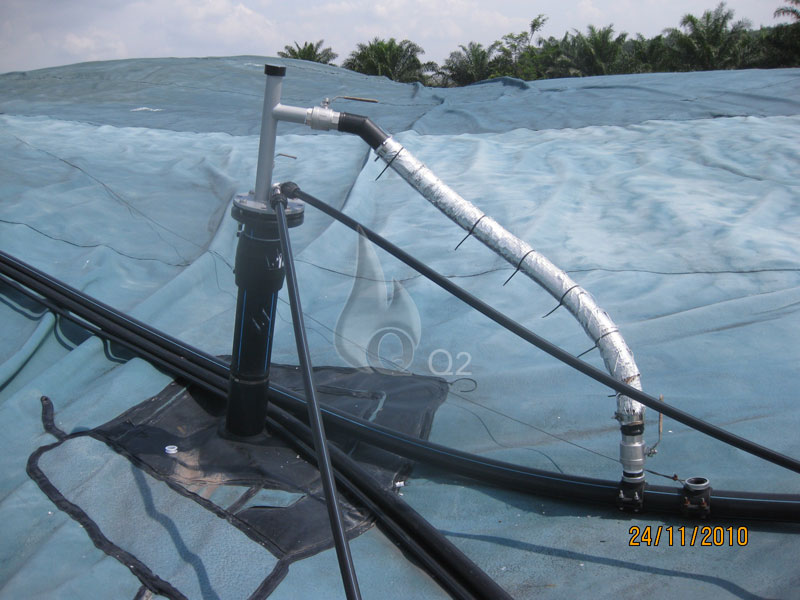
The engineers at Q2 have performed many test pumping, landfill gas production forecasting and feasibility calculations worldwide. Q2 has the practical experience of implementing complete landfill gas plants, including container based cogeneration plants.
